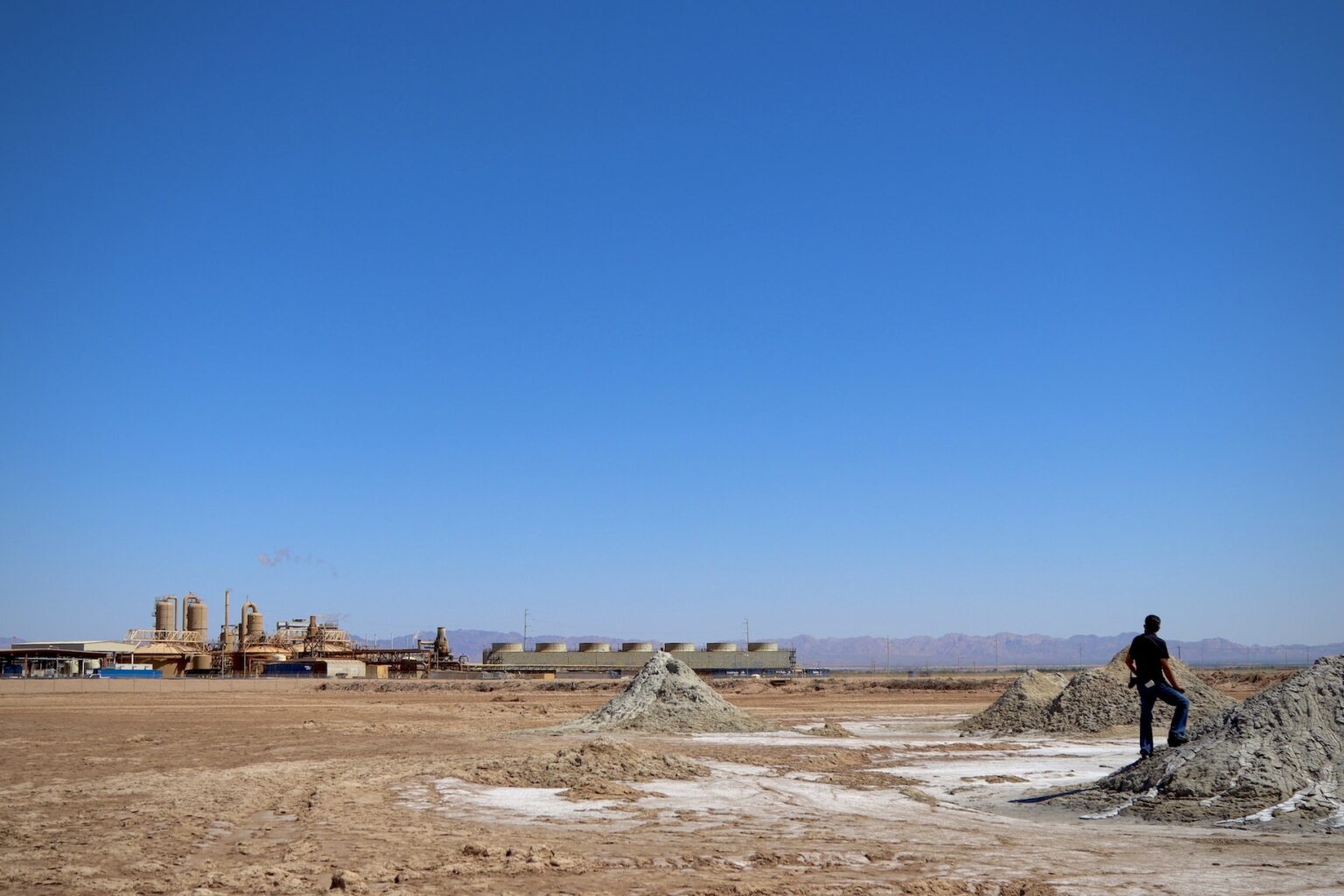The Board of Supervisors of Imperial County, California, has approved schemes to incentivise investment into the lithium battery value chain, leveraging the region’s abundant brine resources.
The shallow and landlocked Salton Sea is a saline lake between Riverside and Imperial Counties in Southern California. As regular readers of this site will know, the area is being tapped as a source of geothermal energy, and also battery-grade lithium, which is deep underground.
As noted in an April 2022 Editor’s Blog for this site, lithium could be extracted as a run-off from the geothermal facilities, and the geothermal energy could be used as a low-carbon power source for that extraction.
The region has been identified as a potential ‘Lithium Valley’ and dubbed as such by the Biden-Harris Administration, which said in October last year that around 600,000 tonnes of lithium could be supplied from it each year. The California Energy Commission has similarly identified a “unique opportunity” for the area.
There is also thought of hosting capacity for up to 300MW of geothermal energy, and one consortium is already running a pilot project to co-produce low-carbon geothermal power and extract lithium from the brine.
Led by developer Controlled Thermal Resources (CTR), the Hells Kitchen project in Imperial County’s Imperial Valley could run 24/7 with minimal water requirements, owing to an extraction technique developed by technology partner Lilac Resources.
CTR wants to be able to produce nearly 35,000 tonnes of lithium carbonate equivalent (LCE) from the site annually by 2025. Earlier this month, the company said highly efficient recovery of lithium has been established at the site, in what CEO Rod Colwell said are: “impressive results ahead of schedule”.
Construction of the first stage of Hells Kitchen will begin this year, with 49.9MW of geothermal power generation capacity and 25,000 tonnes of annual lithium hydroxide production by 2024. Ultimately, CTR hopes to be producing 300,000 tonnes per year – equivalent to half of Lithium Valley’s total extraction potential.
Colwell said the company is also looking to see if other valuable materials like manganese can be produced at scale from the site.
Incentives for lithium producers and end-users
This week, the local authority for Imperial County hosted a press conference and announced a multi-million-dollar package of incentives to bring further economic activity and much-needed investment into the region, which is one of the poorest in California.
That means more than just extraction of lithium, but also the establishment of businesses and facilities to process it into components or finished products.
Meeting on Tuesday (7 February), the board unanimously approved the County’s Lithium Incentives Program, which includes three incentives for lithium and/or geothermal energy producers. Producers would be eligible for these as part of a negotiated Development Agreement:
-A 75% reduction in property taxes for investments worth US$150 million or more that meet North American Industry Classification System (NAICS) Codes. This would be through a state Capital Incentive Improvement Program.
-Lithium producers could get a Lithium Tax Rebate worth US$50 per metric tonne, for lithium sold to any company based in Imperial County that uses it to make makes finished products, such as batteries.
-Lithium end-customers can also get the same level of tax rebate if they purchase lithium from a producer based in Imperial County and use it to create finished products.
As noted in the November publication of BloombergNEF’s annual report into involvement in the lithium battery supply chain by country, being a key supplier of raw materials or components is not enough to capture a significant portion of the battery production value chain.
Countries like Chile, South Africa and Democratic Republic of Congo are resource-rich, but still experience low demand for finished products that use batteries such as electric vehicles, and have little to no battery manufacturing or materials processing capacity.
Imperial County’s latest play appears to be a move to ensure that doesn’t happen in Southern California.
One company recently said it is already looking to make batteries in Imperial Valley. Startup Statevolt said in late January that it has secured a 135-hectare site in the region for a 54GWh battery gigafactory.
Statevolt is already partnered with CTR for lithium and geothermal power supply. The company said the recently-enacted Inflation Reduction Act provided “significant impetus to accelerate its plans” in the region.
